Via Arnold Zwicky at Language Log, an explanation for “NPR names”, which I’ve heard mentioned in passing, and for the explanation if which I’m grateful.
NPR names
Here’s how it works: You take your middle initial and insert it somewhere into your first name. Then you add on the smallest foreign town you’ve ever visited.
Unfortunately, “Jonathan Ken” is an awkward starting point for this particular formula. And as for the “smallest foreign town”, well, how would I know? If we take “visit” to mean “stayed the night”, then perhaps Ölmstad (Sweden, near Gränna) may qualify; I spent a few days there with my father visiting my fourth cousin Sigvard Jarl and family. But the “K”, no, I’m sorry, I simply don’t find room for it in “Jonathan”. Perhaps if I discard a few letters? “Konath Ölmstad”? “Kathan Ölmstad”?
Digressing a bit, as a school child I truncated my first name to “Jon”, more out of laziness than any real purpose. I took back “Jonathan” later in life, when I worked in a company with several Johns. But … is it too late for “Jona”?
A further digression: “Jonathan Lundell” doesn’t scan, at least not in English, where we say “JONathan lunDELL”. The dactyl-iamb combination doesn’t exactly trip off the tongue. In Sweden, it’d be “JONathan LUNdell” (well, “YOH-nah-tahn LUNdell”, LUN as in PUT), which is an improvement. (Update: but see comments for a corrected view.) “Jona”, on the other foot, is more versatile.
(Goodwife Jo, sadly, has no middle name. No NPR name for her, either.)
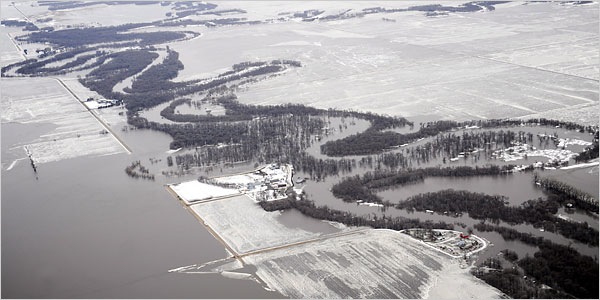
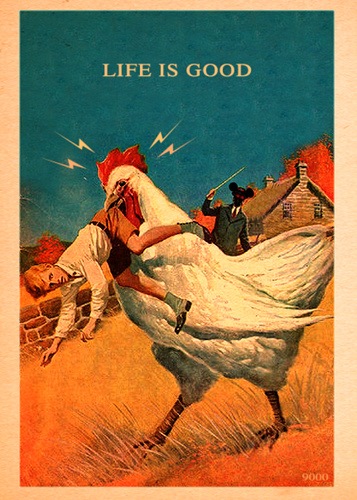
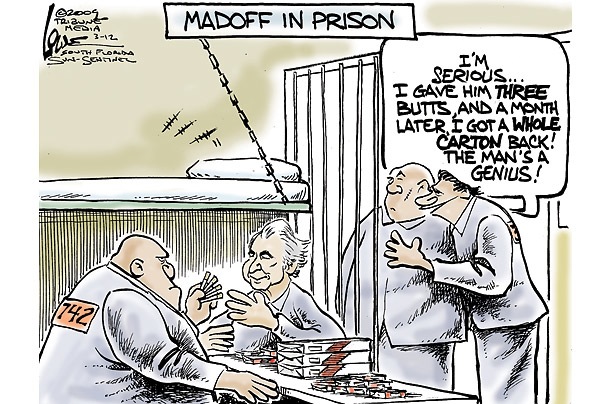

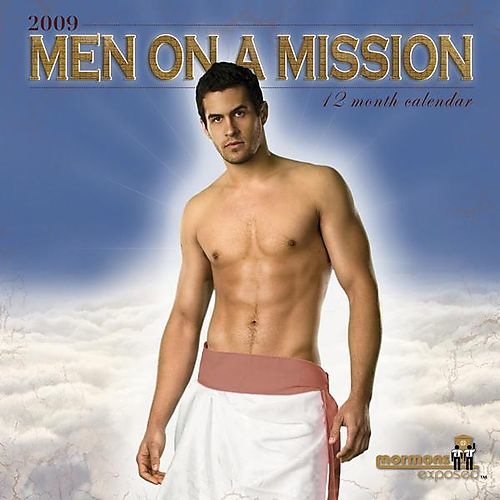
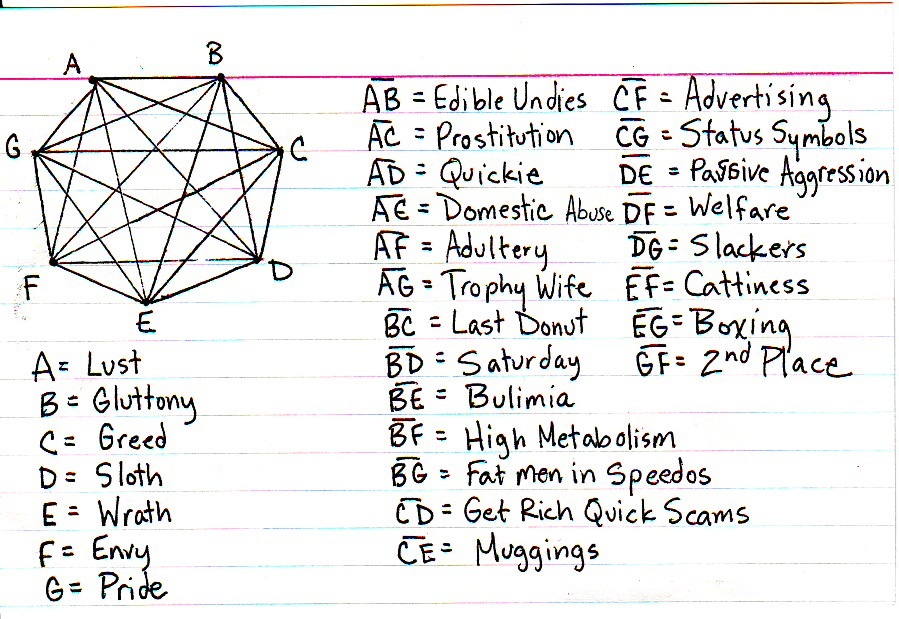

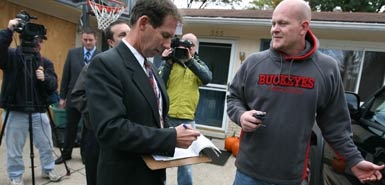 Joe the Plumber is
Joe the Plumber is